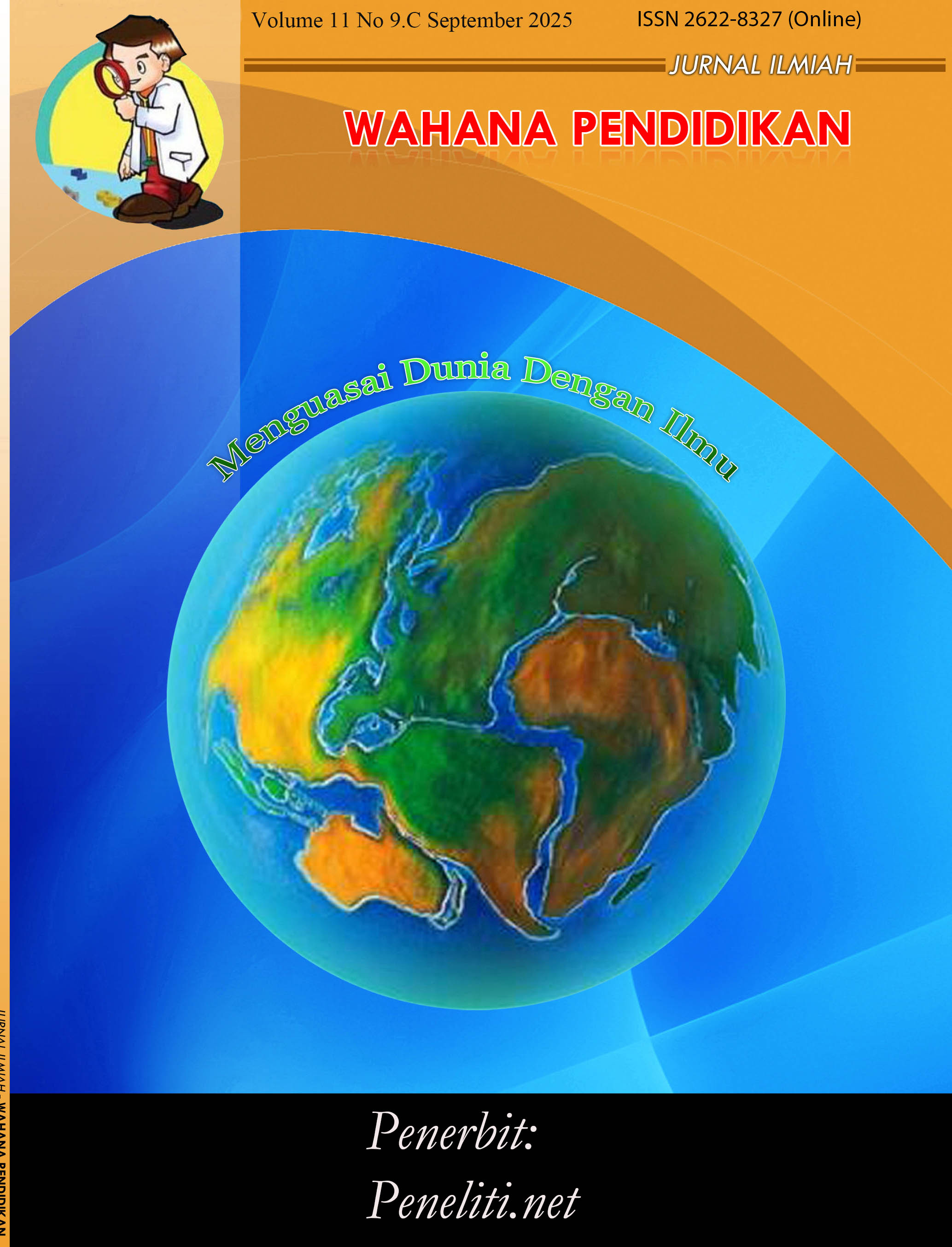The Effect Of Inclusive Leadership, Employee Well-Being, Corporate Culture, And Affective Commitment On Intrinsic Motivation And Employee Performance In Employees Of A Leading Bakery Company In Indonesia
Abstract
The purpose of this study was to examines the influence of inclusive leadership on employee performance at PT XYZ Medan, by considering mediating variables such as employee welfare, company culture, affective commitment and intrinsic motivation. This research uses a quantitative method of data collection by filling out questionnaires by 180 respondents. Data was measured using a Likert scale, then analyzed using the Partial Least Square-Structural Model (PLS-SEM). The research results show that most of the variables have a positive and significant influence, except that the influence of employee welfare on employee performance, employee welfare on employee performance, and inclusive leadership on employee performance which is mediated by affective commitment is not significant. The importance of a strong company culture and inclusive leadership in creating a supportive work environment, increasing employee engagement, and driving organizational performance. It is hoped that the research results can strengthen human resource management, especially in maximizing intrinsic motivation and employee performance. The theoretical and practical implications of this research offer new insights for the development of organizational behavior theory and human resource management (HRM) practice.




